
Nintendo has done excellent work with their first-party franchises over the decades as well as the many different gaming mascots that populate their consoles, but the WarioWare titles certainly represent some of their stranger releases.
The WarioWare games made an impression with their odd subversions to the multiplayer and minigame genre with an even more frantic style of exercises known as “micro-games.” WarioWare games continue to get released to this day, and with the latest title recently hitting the Nintendo Switch there’s never been a better time to take stock of how all of the main games in the franchise stack up.
9 WarioWare: Snapped! Feels Like A Buggy Beta Test
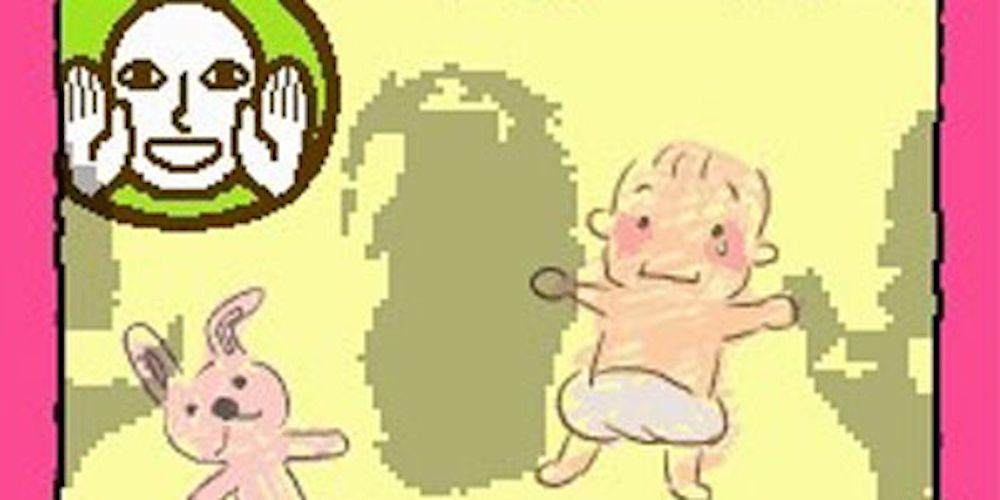
Nintendo deserves credit for always trying to push the envelope when it comes to their technology and this can sometimes result in home runs or regrettable experiments that fade into obscurity. There are a handful of smaller titles that can be purchased through the Nintendo DSi’s eShop, known as DSiWare.
WarioWare: Snapped! Is a DSiWare release that capitalizes on the DSi’s camera function. The DSi remains stationary while the player mimics movements to be tracked by the camera. The technology is flawed and it features the smallest amount of games of any WarioWare release.
8 Game & Wario Comes Across Like A Wii U Tech Demo
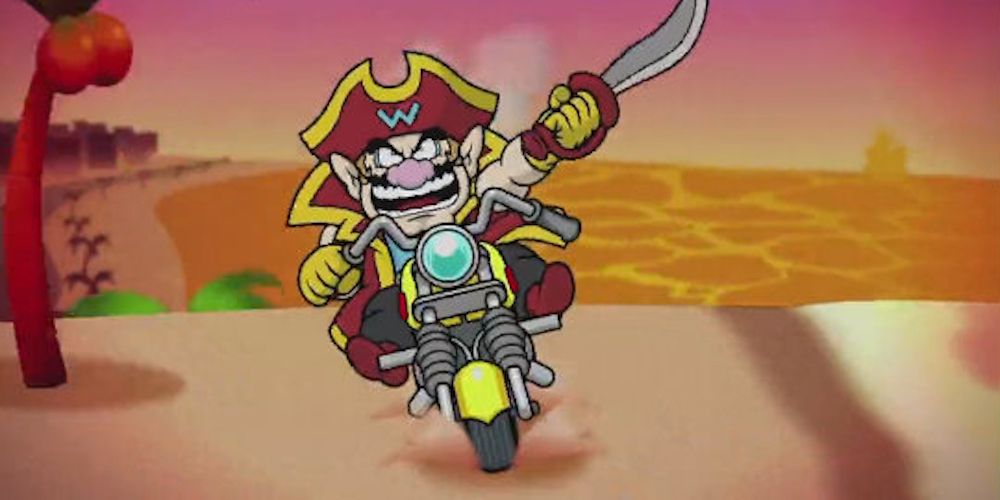
The Wii U remains one of Nintendo’s odder consoles, and it’s interesting how many of the console’s bigger games feel like they’re trying to convince the audience that the Wii U’s unconventional setup is actually a great idea. This is how Game & Wario comes across, and much like Nintendo Land, it’s more inclined to show off the Wii U’s versatility than the typical WarioWare hijinks.
Another major caveat with this title is that it shifts from the franchise’s trademark microgames to the more typical minigame route. This is a deal-breaker for some, but that being said, some of the multiplayer games are still a lot of fun and the collection is not without its charms.
7 WarioWare: D.I.Y. Allows The Player To Create Their Own Microgame Madness
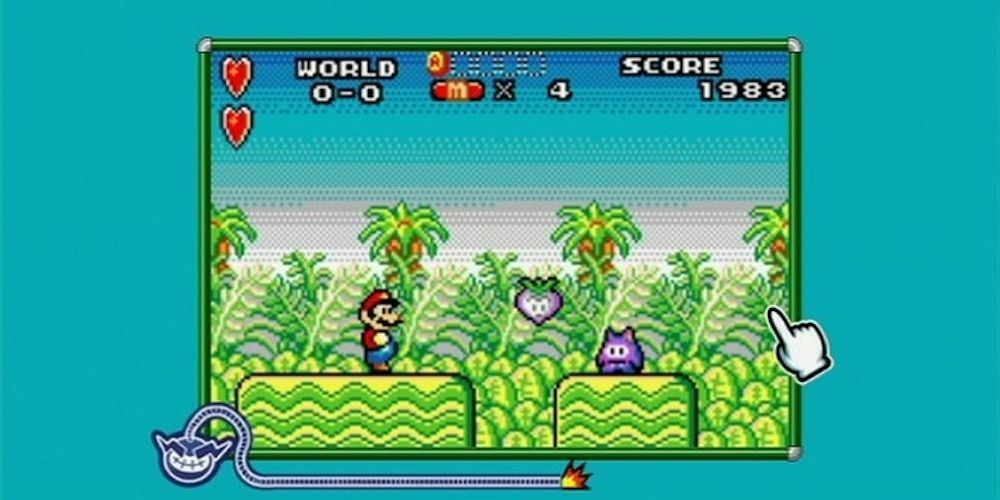
Crafting games have become incredibly popular and the Super Mario Maker games are a great example of Nintendo allowing its audience to capitalize on their creativity. WarioWare: D.I.Y. is incredibly ahead of the curve in the sense that it’s a 2009 Nintendo DS release that has the player make their own microgames.
This is quite innovative, but the enjoyment of the game is ultimately going to come down to whether the player is interested in such a mechanic or if they just want to play microgames. It’s also worth addressing that the microgames featured here are often much more simplistic to fit with the mechanics of the D.I.Y. feature.
6 WarioWare: Touched! Capitalizes On The DS’ Touch Screen Capabilities
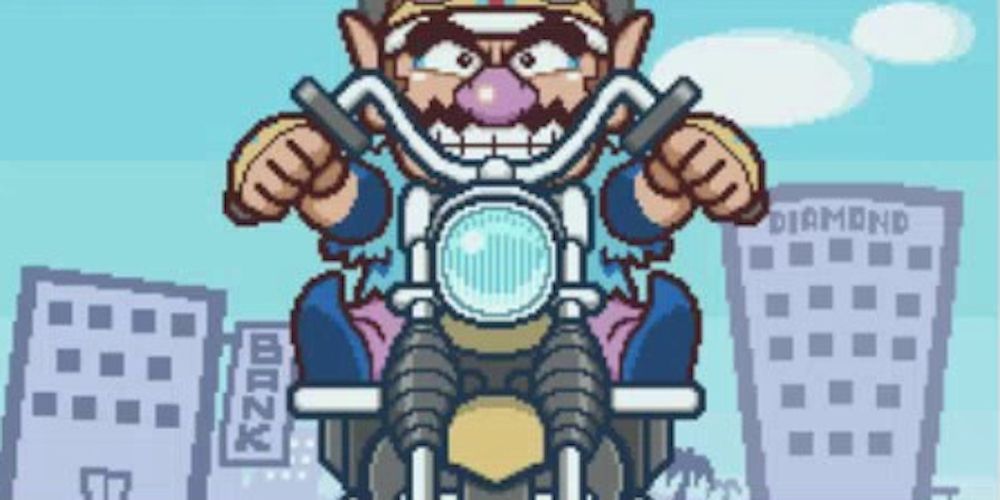
WarioWare: Touched! is the first release in the series to come out on the Nintendo DS, a move that felt natural after the franchise’s rampant success on the Game Boy Advance. Touched! is an early DS release in 2004 and so it doesn’t exactly push the handheld’s features to new places, but there’s still a lot of novelty in the new touch screen aspects to the microgames.
The humor and core experience in Touched! is satisfying, but it’s a very concise package whereas other WarioWare entries include more to incentivize repeated gameplay.
5 WarioWare: Smooth Moves Takes Advantage Of The Wii’s Party Game Supremacy
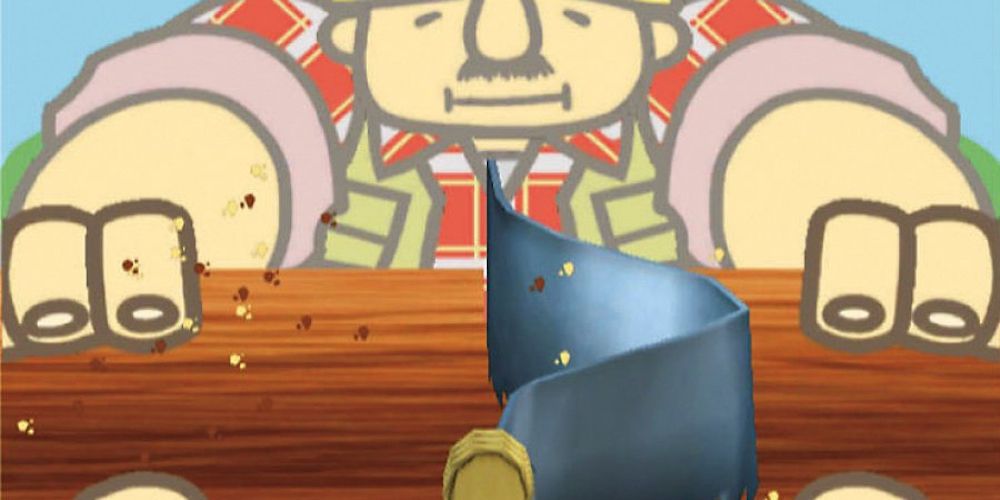
Nintendo’s Wii was a breakthrough console in many ways and it brought in casual audiences to experience video games in unprecedented ways. A lot of the Wii’s earliest successes included a multiplayer aspect and so the playful absurdity of WarioWare became a perfect fit to show off the Wii’s motion controls.
WarioWare: Smooth Moves features some excellent microgames that get a lot out of the Wii’s remote and mechanics where the games seldom feel repetitive. The game also excels with how it allows one Wii remote to be used for many of the games and that it facilitates a larger number of participants than the standard four-player experience.
4 WarioWare: Get It Together! Focuses On Co-Op Chaos For The Switch
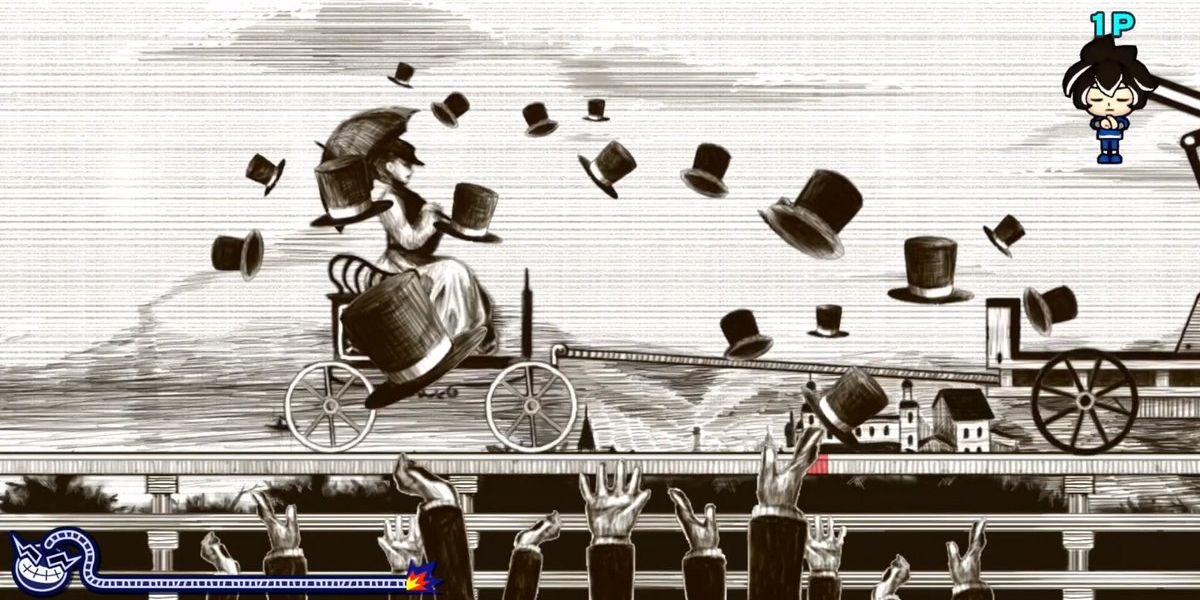
WarioWare: Get It Together! is the latest entry in the series and the first to come out for Nintendo’s Switch. It’s far from a perfect WarioWare game, but it’s still an encouraging sequel that captures the franchise’s energy and boasts over 200 new microgames.
The biggest selling point in Get It Together! is that it focuses on co-operative gameplay which leans into the Switch’s strengths. Like most of the later WarioWare games, it’s at its best in a multiplayer context. Get It Together! also allows players to tackle any minigame with any of the characters for the first time ever, each with a different gameplay mechanic that demands a different approach to each game.
3 WarioWare Gold Is A Best-Of Compilation Of The Series’ Greatest Hits
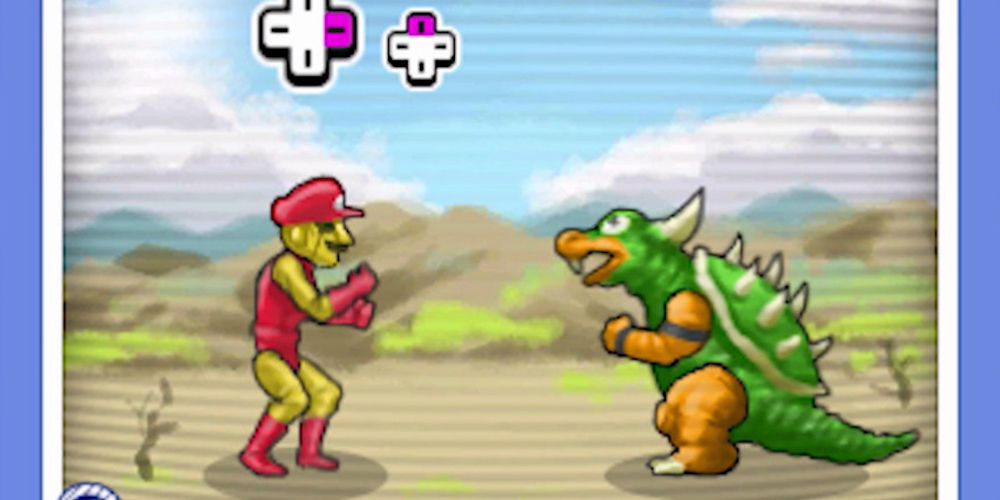
In terms of the many WarioWare handheld releases, WarioWare Gold for the Nintendo 3DS holds the most potential due to the impressive capabilities of the handheld’s hardware. In this sense, it’s slightly disappointing that the only WarioWare game for the 3DS is a “Greatest Hits” compilation, but WarioWare Gold includes so much content and is such a passionate love letter to the series that it’s hard to be disappointed.
WarioWare Gold has over 300 microgames, and while only a small percentage of that is new material, it’s the perfect WarioWare experience for a newcomer.
2 WarioWare, Inc.: Mega Microgame$! Introduces The World To Microgame Madness
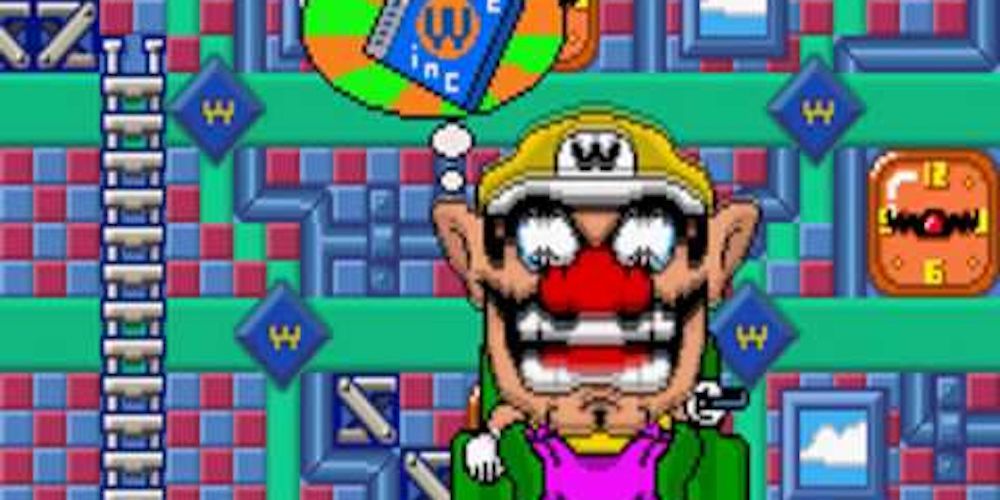
It’s odd to think of any WarioWare game being an exercise in simplicity, but that’s strangely the case in the original title for the Game Boy Advance, WarioWare, Inc.: Mega Microgame$! Future WarioWare games almost all revolve around gameplay gimmicks, but most microgames in the original just require single pushes of a button.
Mega Microgame$! prides itself on its original energy and actually takes quite a character-driven approach to its structure, which is very unusual for a minigame title. It was truly original for its time and its GameCube remake is a satisfying port that many people unfortunately overlooked.
1 WarioWare: Twisted! Perfects The Formula That Was Established In The Original

Some WarioWare games come across as exhausting in their approach, but the second Game Boy Advance release, WarioWare: Twisted!, finds the perfect balance between strong core content and just enough extra material to unlock and enhance the experience.
Twisted! earns its name for how it takes advantage of the gyroscope mechanics built into its cartridge and there’s just enough early motion control incorporation that it comes across as quaint rather than cumbersome. It sets an early benchmark for the series in terms of weirdness, unlockable content, and unique characters.
0 Comments